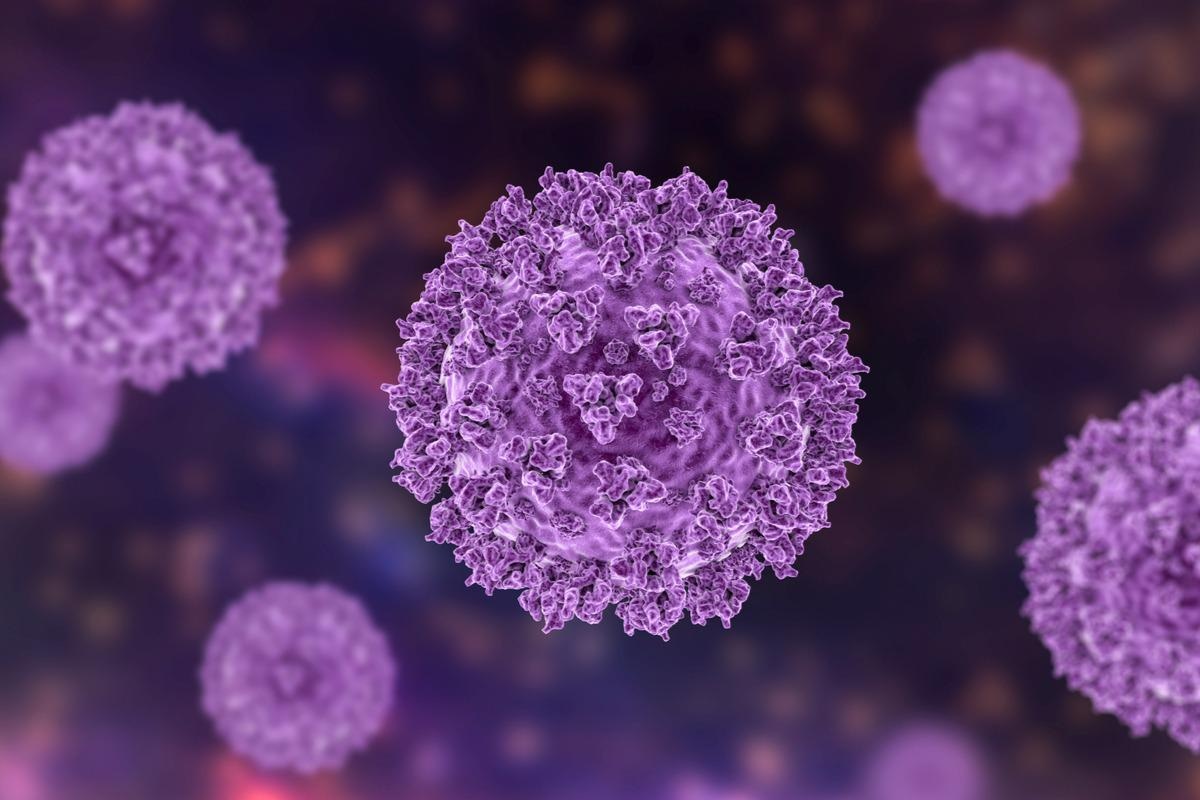A recent preprint study posted to the medRxiv* server discussed the expansion of the severe acute respiratory syndrome coronavirus 2 (SARS-CoV-2) CRISPR-Cas detection technology (SHERLOCK) into Variant-specific SHERLOCK (VarLOCK) assays to accurately differentiate between the newly emerging SARS-CoV-2 variants of concern (VOCs). VarLOCK can be utilized at point-of-care and/or applied at small and large testing facilities and to inspect the amount of VOCs in population-level wastewater samples.
 Study: VarLOCK - sequencing independent, rapid detection of SARS-CoV-2 variants of concern for point-of-care testing, qPCR pipelines and national wastewater surveillance. Image Credit: Kateryna Kon/Shutterstock
Study: VarLOCK - sequencing independent, rapid detection of SARS-CoV-2 variants of concern for point-of-care testing, qPCR pipelines and national wastewater surveillance. Image Credit: Kateryna Kon/Shutterstock
Introduction

 *Important notice: medRxiv publishes preliminary scientific reports that are not peer-reviewed and, therefore, should not be regarded as conclusive, guide clinical practice/health-related behavior, or treated as established information.
*Important notice: medRxiv publishes preliminary scientific reports that are not peer-reviewed and, therefore, should not be regarded as conclusive, guide clinical practice/health-related behavior, or treated as established information.
The World Health Organization (WHO) has identified five VOCs of SARS-CoV-2, namely, Alpha, Beta, Gamma, Delta, and Omicron. These VOCs have raised concerns of rapid transmissibility, severe illness, and hospitalization highlighting the need for vigilant detection of the VOCs in the population. Genomic sequencing has played an important role in identifying these VOCs and tracking their transmission. The development of Clustered Regularly Interspaced Short Palindromic Repeats (CRISPR) technology has allowed easy identification of new VOCs, which can help minimize the risk to public health from these VOCs.
About the study
In this study, the researchers aimed to optimize VarLOCK assays to facilitate simple and rapid identification of individuals infected with VOCs and thus help curb coronavirus disease 2019 (COVID-19) infections. This study also determined the proportion of VOCs in population-level wastewater samples.
Specific sets of mutations characterize different variants; thus, identifying the mutations present in a sample allowed the researchers to identify a particular variant in the sample. Primers were developed to enable the SHERLOCK method to target specific sequences and identify the VOCs in the sample. Since mutations in the SARS-CoV-2 spike (S) protein have an important role in increased transmissibility of the virus and reduced protection of an infected individual from immunization, the researchers focused on VarLOCK mutations found in the S gene.
The team first determined if the SHERLOCK assay could sufficiently discriminate between the VOCs for the VarLOCK approach. The SHERLOCK assays were performed using wildtype (wt) and mutant (mut)-specific gRNAs on short synthetic DNA templates containing either wt or mut sequences for the tested SARS-CoV-2 genome. While the other essays provided only limited discrimination, the SHERLOCK assay provided efficient on-target activity with varying levels of discrimination between VOCs. Therefore, various assay conditions and chemical additives were analyzed to improve the assay's sensitivity.
Results
The researchers developed and implemented an assay that could differentiate the several VOCs and differentiate between Omicron sub-variants. The assays were first tested and optimized with synthetic dsDNA templates, which allowed cross-validation of the specificity of the Omicron assays against samples including other VOCs. The researchers discovered that all the assays showed discrimination ranging between 49.1 and 347.9-fold. When the VarLOCK Omicron detection was applied to 10 recently collected positive saliva samples, Omicron-specific mutations were identified with accuracy, further confirmed by deep sequencing using a Nextstrain server.
Genome sequencing was effective in monitoring, tracking, understanding, and tackling Omicron VOC with great accuracy. However, the turnover time required for its results has resulted in a delay of containment or a delay in implementing targeted proactive measures, endangering public health. On the other hand, the researchers could develop VarLOCK assays within four days of receiving the samples to detect the presence of the Omicron variant.
Wastewater monitoring using the VarLock approach was conducted to support hospital and community-based clinical surveillance in identifying the presence and rates of transmission of COVID-19 infection within a geographical area or a population-level group. A differential VarLOCK mutation-specific signal observed reflected the introduction and spread of the Alpha and later the Delta VOCs.
A reintroduction of the Alpha variant was also observed due to limited household mixing, stay-at-home orders, and restricted travel laws enforced by the government. Positive SARS-CoV-2 detection and VOC identification were also noted when the prevalence of the VOCs was low, validating the sensitivity of the VarLOCK technique.
Conclusion
A better understanding of mutational sequences in a VOC can enable easy monitoring of their introduction and progression through a geographical area or a population group. Thus, VarLOCK can be used to conduct variant-specific tests for travelers, surge testing, or enhanced contact tracing to curb community transmission.
VarLOCK enables the identification of VOCs in saliva samples as well as in pooled population-level wastewater. The VarLOCK approach improves sensitivity, specificity, and selectivity towards the VOCs and can be optimized for newly emerging variants of the SARS-CoV-2 virus. The approach can also be used to identify other pathogens, such as influenza (A/B), RSV, or the identification of antibiotic resistance bacteria, wherever genetic identification, especially SNP or variant discrimination, comes into the picture, allowing better preparedness for future pandemics.

 *Important notice: medRxiv publishes preliminary scientific reports that are not peer-reviewed and, therefore, should not be regarded as conclusive, guide clinical practice/health-related behavior, or treated as established information.
*Important notice: medRxiv publishes preliminary scientific reports that are not peer-reviewed and, therefore, should not be regarded as conclusive, guide clinical practice/health-related behavior, or treated as established information.